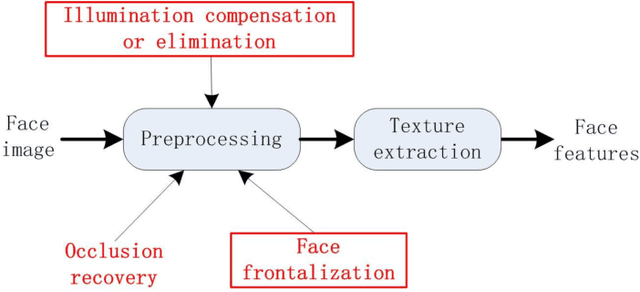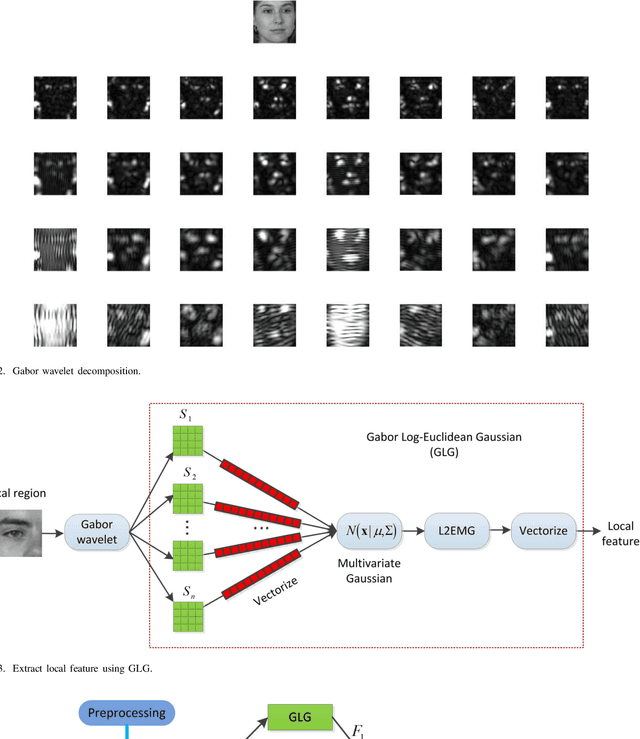Chaorong Li
SRNDiff: Short-term Rainfall Nowcasting with Condition Diffusion Model
Feb 21, 2024Abstract:Diffusion models are widely used in image generation because they can generate high-quality and realistic samples. This is in contrast to generative adversarial networks (GANs) and variational autoencoders (VAEs), which have some limitations in terms of image quality.We introduce the diffusion model to the precipitation forecasting task and propose a short-term precipitation nowcasting with condition diffusion model based on historical observational data, which is referred to as SRNDiff. By incorporating an additional conditional decoder module in the denoising process, SRNDiff achieves end-to-end conditional rainfall prediction. SRNDiff is composed of two networks: a denoising network and a conditional Encoder network. The conditional network is composed of multiple independent UNet networks. These networks extract conditional feature maps at different resolutions, providing accurate conditional information that guides the diffusion model for conditional generation.SRNDiff surpasses GANs in terms of prediction accuracy, although it requires more computational resources.The SRNDiff model exhibits higher stability and efficiency during training than GANs-based approaches, and generates high-quality precipitation distribution samples that better reflect future actual precipitation conditions. This fully validates the advantages and potential of diffusion models in precipitation forecasting, providing new insights for enhancing rainfall prediction.
Sequential Random Network for Fine-grained Image Classification
Mar 12, 2021



Abstract:Deep Convolutional Neural Network (DCNN) and Transformer have achieved remarkable successes in image recognition. However, their performance in fine-grained image recognition is still difficult to meet the requirements of actual needs. This paper proposes a Sequence Random Network (SRN) to enhance the performance of DCNN. The output of DCNN is one-dimensional features. This one-dimensional feature abstractly represents image information, but it does not express well the detailed information of image. To address this issue, we use the proposed SRN which composed of BiLSTM and several Tanh-Dropout blocks (called BiLSTM-TDN), to further process DCNN one-dimensional features for highlighting the detail information of image. After the feature transform by BiLSTM-TDN, the recognition performance has been greatly improved. We conducted the experiments on six fine-grained image datasets. Except for FGVC-Aircraft, the accuracies of the proposed methods on the other datasets exceeded 99%. Experimental results show that BiLSTM-TDN is far superior to the existing state-of-the-art methods. In addition to DCNN, BiLSTM-TDN can also be extended to other models, such as Transformer.
LGLG-WPCA: An Effective Texture-based Method for Face Recognition
Nov 20, 2018



Abstract:This paper proposes an effective texture-based face feature extraction method which is based on Learning Gabor Log-Euclidean Gaussian, called LGLG-WPCA. LGLG-WPCA has the robust performance for adverse conditions such as varying poses, skin aging and uneven illumination. LGLG learns face features from the embedded multivariate Gaussian in Gabor wavelet domain using Whitening Principal Component Analysis (WPCA). In LGLG, we first employ Gabor wavelet to decompose the face, and then use the multivariate Gaussian distribution to fit Gabor subbands. Because the space of Gaussian is a Riemannian manifold and it is difficult to incorporate learning mechanism in the model. To address this issue, we use L$^2$EMG\cite{Li2017Local} to map the multidimensional Gaussian model to the linear space, and then use WPCA to learn facial features. Experiments show that our proposed method is an effective and promising face texture feature extraction technique.
 Add to Chrome
Add to Chrome Add to Firefox
Add to Firefox Add to Edge
Add to Edge